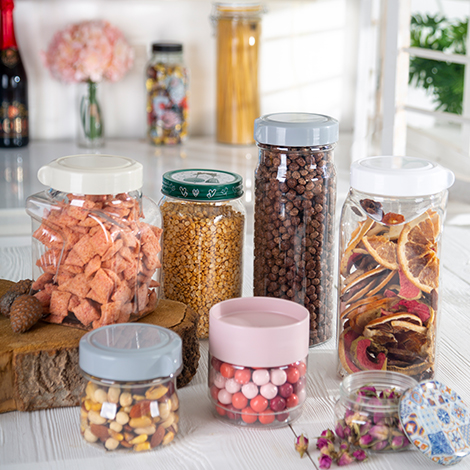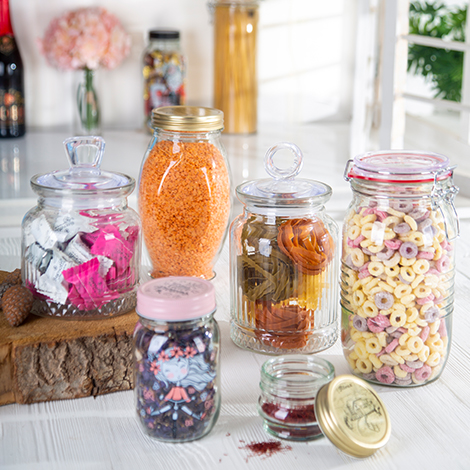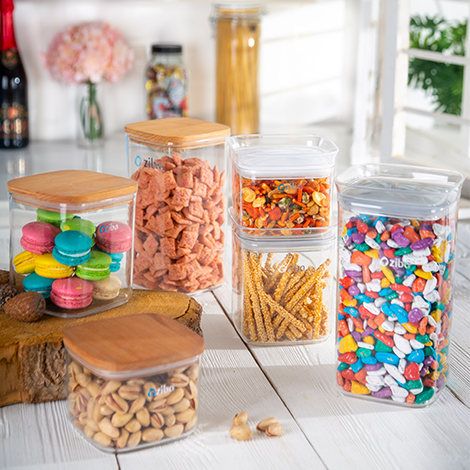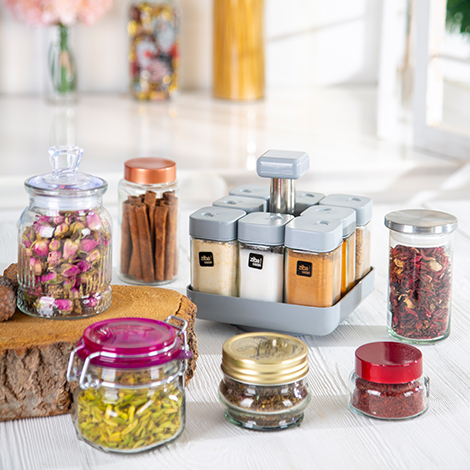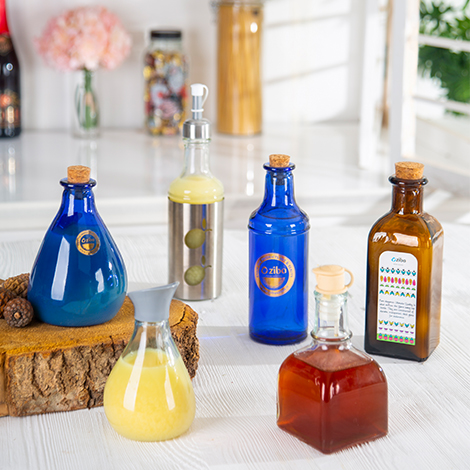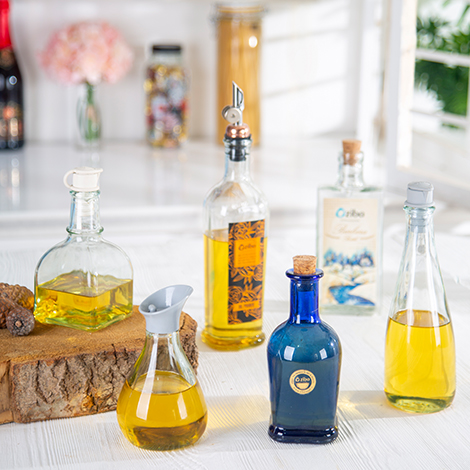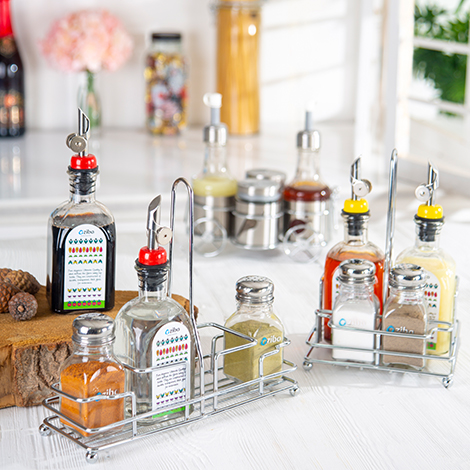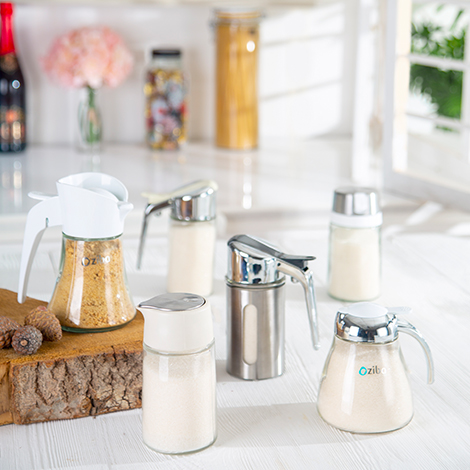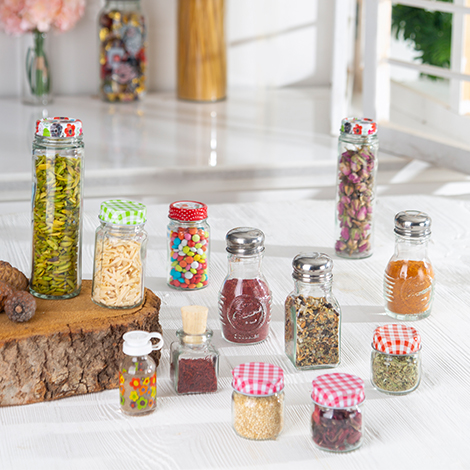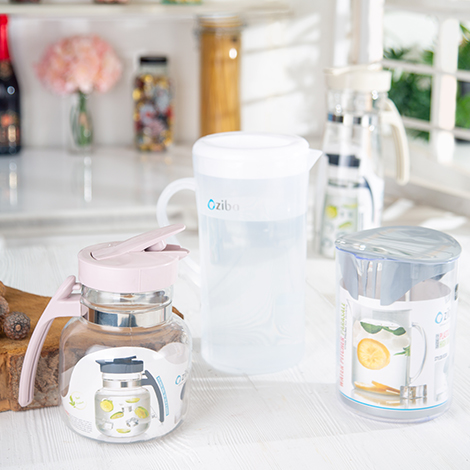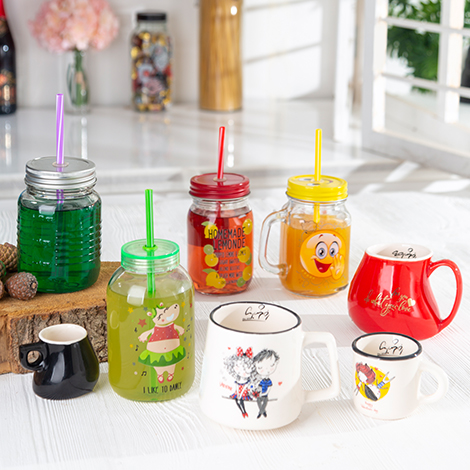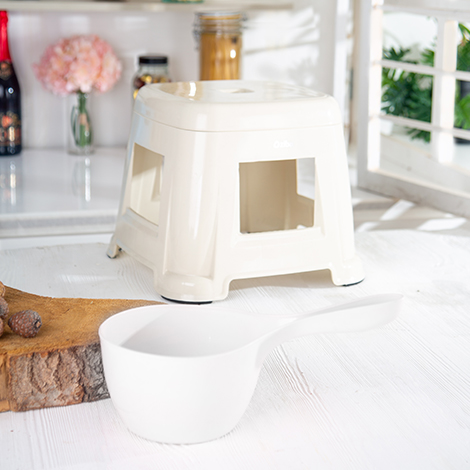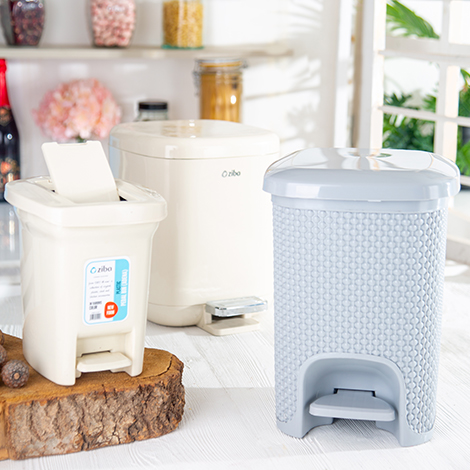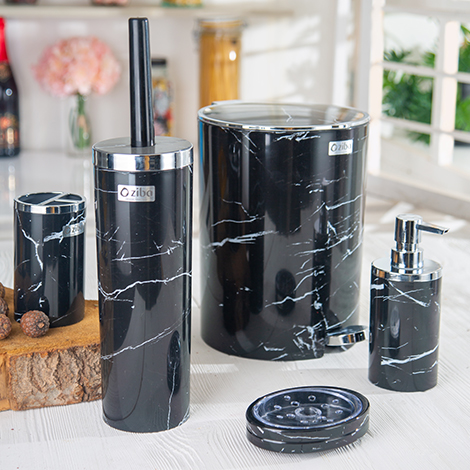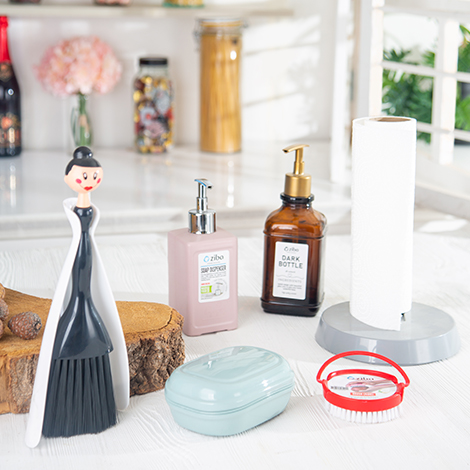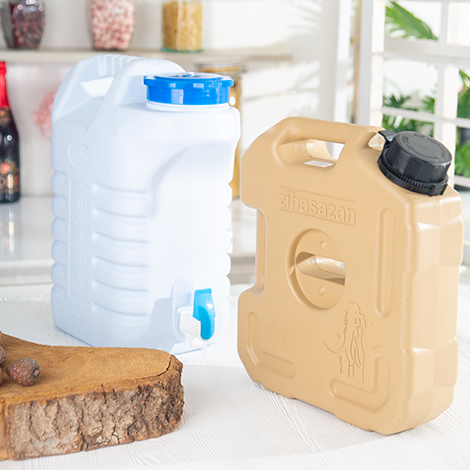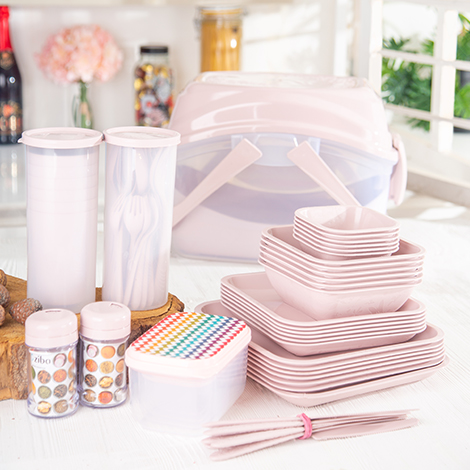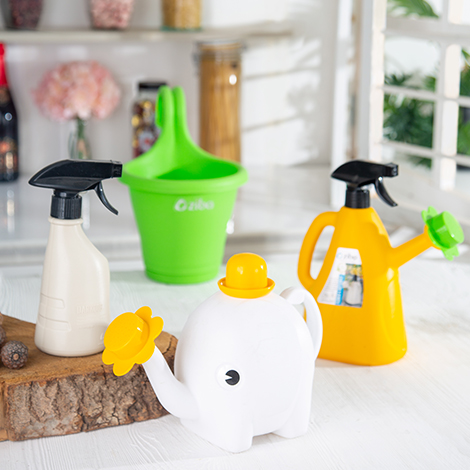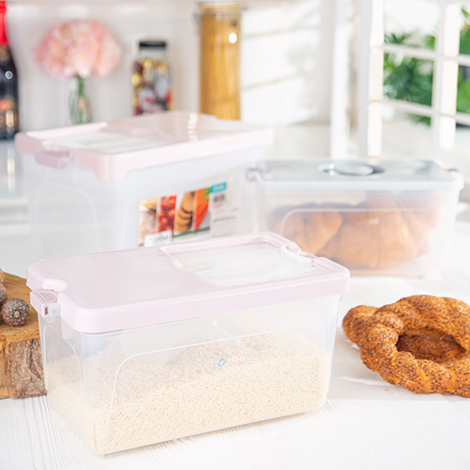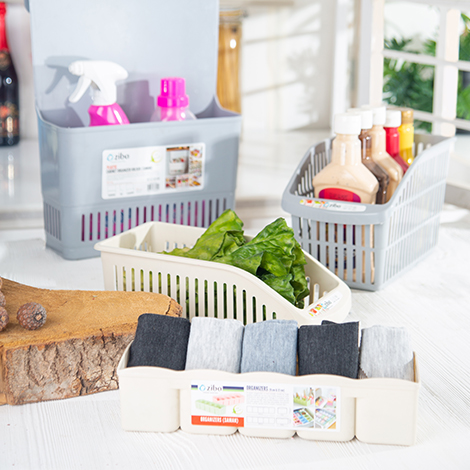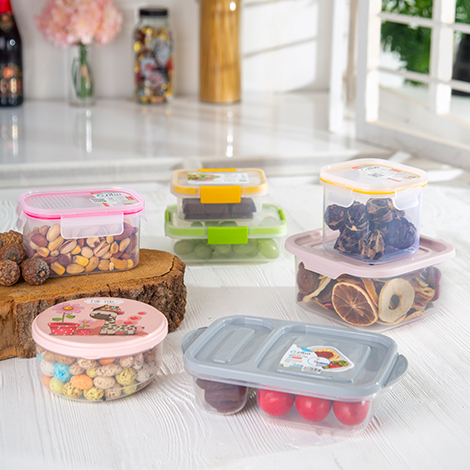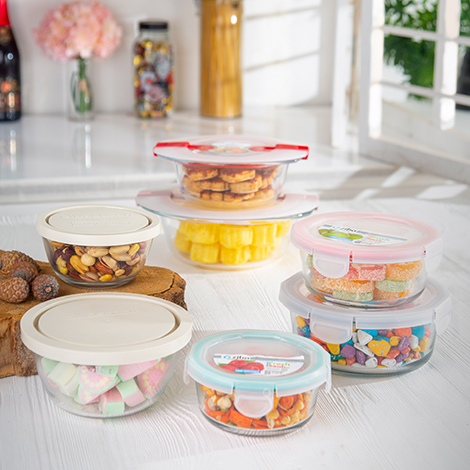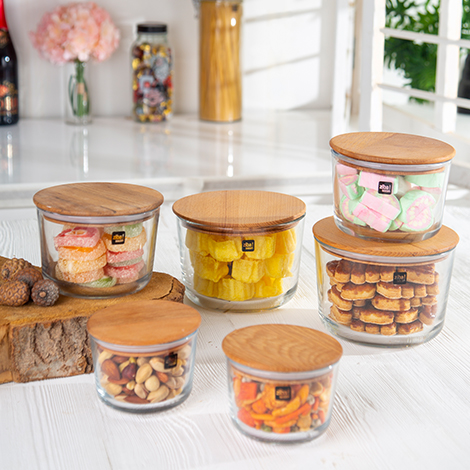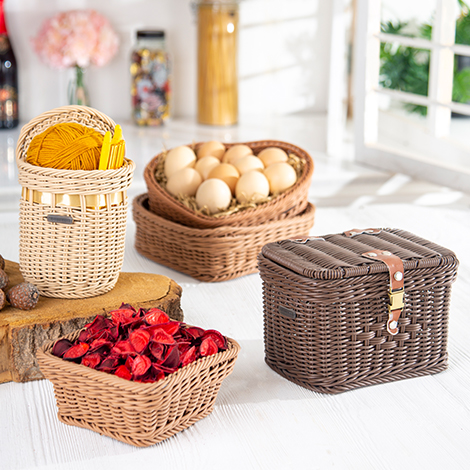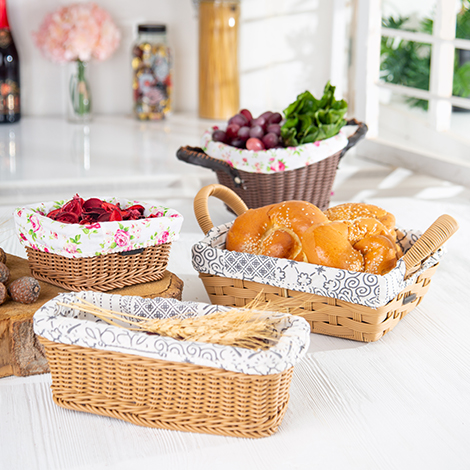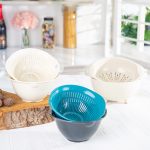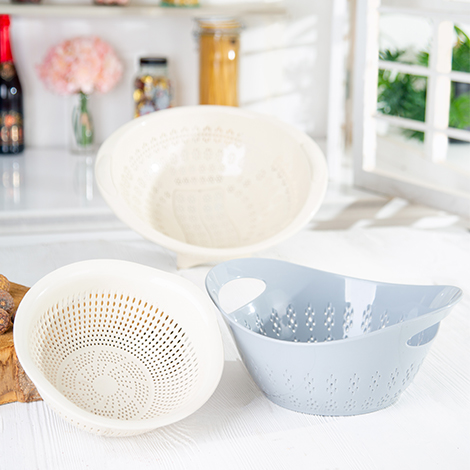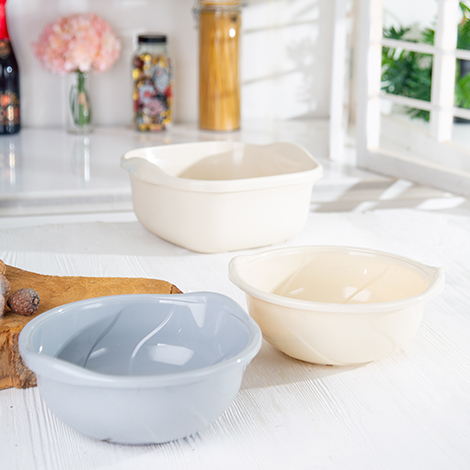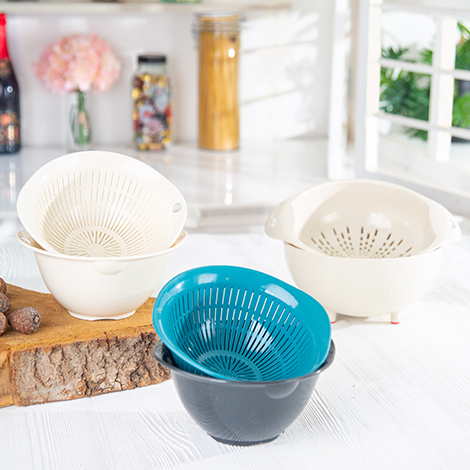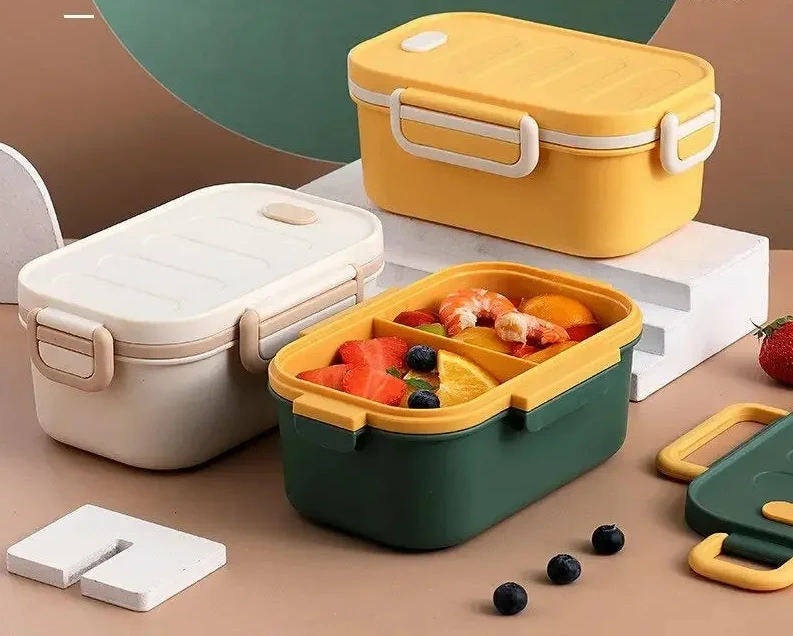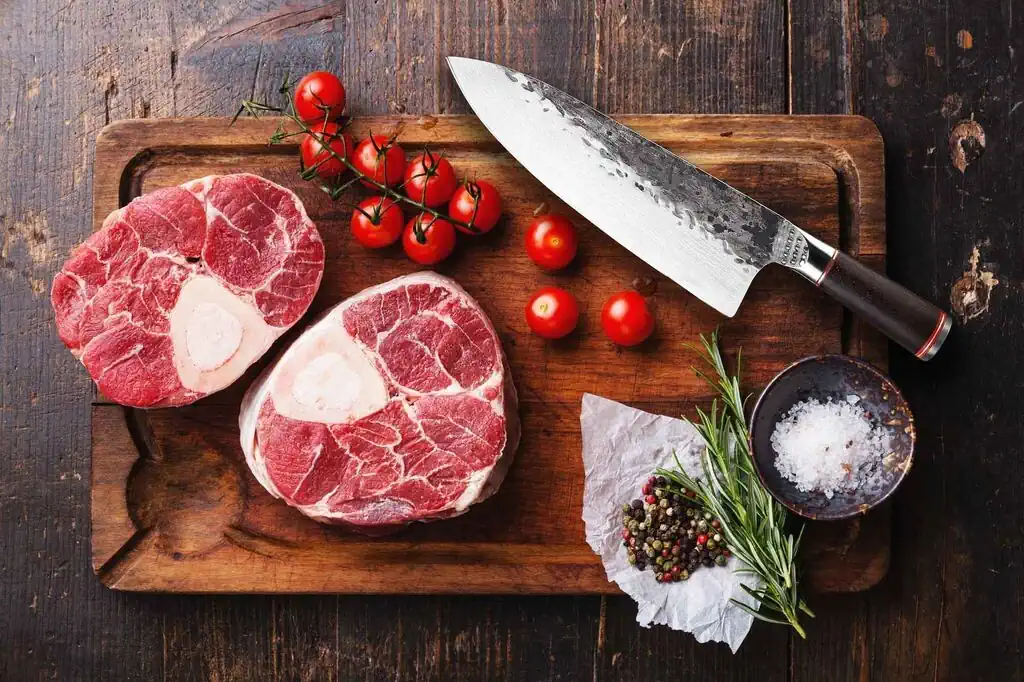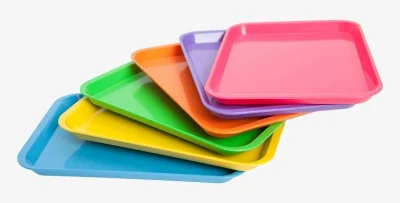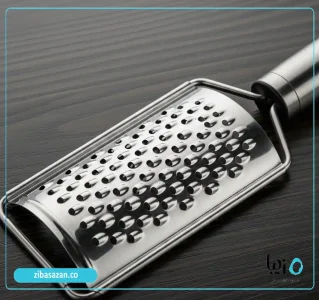In this article, we’ll walk you through everything you need to know about choosing the right kitchen grater. Have you ever considered how much of a difference a simple grater can make in your cooking? From grating cheese for pizza to shredding carrots and cabbage for salads, a grater is an essential tool in any kitchen. But did you know that the quality and material of your grater’s blades can directly impact the taste of your food, the ease of your cooking, and even your family’s health?
Low-quality or old graters not only lose their sharpness and struggle to shred food properly, but they can also rust and harbor bacteria. This is exactly where stainless steel blades shine. These graters are not only sharp and efficient but also help you prepare healthy, hygienic meals with peace of mind.
In this comprehensive guide, we’ll explore why stainless steel blades matter, the different types of graters, and the key features to look for when buying one. Join us as we reveal the secret to more enjoyable and sanitary cooking!
Recommended Read: Over-the-Door Hooks: A Clever Space-Saving Solution for Small Homes
فهرست مطالب
- 1 What Is a Kitchen Grater and Why Does Blade Quality Matter?
- 2 Benefits of Using a Grater with Stainless Steel Blades
- 3 Types of Kitchen Graters by Design and Function
- 4 Stainless Steel vs. Regular Graters: What’s the Difference?
- 5 Key Tips for Choosing the Right Grater for Different Foods
- 6 How Stainless Steel Graters Promote Kitchen Hygiene
- 7 Care and Maintenance Tips for Stainless Steel Graters
- 8 Top Stainless Steel Grater Brands to Consider
- 9 Features to Look for in a Quality Grater:
- 10 Frequently Asked Questions About Stainless Steel Graters
- 11 More Than Just a Grater—A Kitchen Investment
- 12 The Transparent Pantry Jar: A Modern Must-Have for a Neat and Stylish Kitchen
- 13 "What is a multi-layer freezer container, and what are its features and benefits?"
- 14 How to Prevent Foods from Getting Smelly in Freezer Containers: Practical and Easy Tips
- 15 Gallon or plastic dabeh? Which is the better choice for your use?
- 16 Ironing board surface features that ensure comfort and durability
What Is a Kitchen Grater and Why Does Blade Quality Matter?
A kitchen grater is a tool with sharp perforated surfaces designed to shred, grate, or slice foods into finer, more uniform pieces. These foods can include cheese, vegetables, fruits, chocolate, or citrus zest. Since the blade directly touches your food, its quality significantly affects the final result.
How Blade Quality Affects Cooking:
- Sharper Results: A high-quality blade slices through food instead of crushing it, preserving both texture and taste while improving the dish’s appearance.
- Durability: Stainless steel blades remain sharp longer and require fewer replacements.
- Hygiene: Rusty or damaged blades can collect bacteria and shed metal particles into your food—issues stainless steel prevents.
- Safety: A sharp grater needs less pressure, reducing the risk of slips or hand injuries.
You May Also Like: High-Quality Cutlet Tongs: The Secret to Clean and Easy Cooking in Every Iranian Home
Benefits of Using a Grater with Stainless Steel Blades
Choosing a grater with stainless steel blades brings several advantages to everyday cooking and is a smart investment for any kitchen.
Better Hygiene, Less Contamination
Stainless steel doesn’t rust when exposed to moisture and air, unlike ordinary metals. Rust can not only ruin the appearance of your grater but also introduce harmful particles into your food and foster bacterial growth. Stainless steel blades are easy to clean, non-porous, and resistant to food buildup—essential qualities for any health-conscious kitchen.
Types of Kitchen Graters by Design and Function
Graters come in different shapes and serve various purposes. Knowing the types can help you select the right one for your cooking needs.
- Box Graters
The most versatile and common type, typically featuring four sides with different blade styles for:
- Coarse, medium, and fine grating
- Slicing (e.g., for cheese or zucchini)
- Stable on countertops and great for collecting grated food inside
- Flat or Handheld Graters
Compact and easy to store, these are ideal for smaller tasks like:
- Zesting citrus fruits
- Grating garlic, ginger, chocolate, or Parmesan cheese
- Rotary Graters
Equipped with a chamber for food and a turning handle to rotate the blade:
- Best for hard cheeses (e.g., Parmesan), chocolate, or nuts
- Hands stay safe from blades
- Great for grating larger quantities
- Specialty Graters
Designed for specific tasks:
- Microplane Graters: Extremely fine and sharp blades for zesting, hard cheese, ginger, nutmeg, etc.
- Julienne Graters: Create fine strips of vegetables for salads or garnishes
Also Read: Plastic vs. Wooden Cutting Boards: What You Need to Know Before Buying
Stainless Steel vs. Regular Graters: What’s the Difference?
The label “stainless steel” makes a huge difference in both durability and hygiene.
Chemical Composition and Corrosion Resistance
Stainless steel is an iron alloy that contains at least 10.5% chromium. This chromium forms an invisible layer of chromium oxide on the surface, which prevents rust and corrosion. In contrast, regular steel (especially uncoated carbon steel) lacks this protective layer and corrodes quickly when exposed to moisture, air, or food acids.
Durability and Sharpness Retention
Stainless steel blades resist wear and stay sharper longer. In contrast, regular graters tend to rust, dull, or even break over time, making stainless steel a more long-lasting choice.
You May Also Like: Plastic Roll Paper Holders: The Best Way to Keep Your Kitchen Organized
Key Tips for Choosing the Right Grater for Different Foods
Choosing the right blade size helps you get the best results for specific foods:
- Coarse blades: Ideal for soft cheeses (like mozzarella), cabbage, carrots, and potatoes
- Medium blades: Good for semi-hard cheeses, grated potatoes (for cutlets), zucchini
- Fine blades: Best for hard cheeses (like Parmesan), citrus zest, chocolate, garlic, ginger, nutmeg
- Slicing blades: For thinly slicing cucumbers, zucchinis, or cheese
How Stainless Steel Graters Promote Kitchen Hygiene
A healthy kitchen starts with tools that are easy to clean and don’t support bacterial growth—and stainless steel graters check all the boxes.
Preventing Bacteria and Cross-Contamination
Rusty blades and corroded surfaces can trap food particles in tiny crevices, encouraging bacteria growth. Even with washing, they’re hard to sanitize. Stainless steel’s smooth, corrosion-resistant surface makes cleaning easy and prevents bacteria from clinging—crucial when handling raw produce or cheese.
Related Article: What Is a Microwave Cover and 6 Benefits You Shouldn’t Miss
Care and Maintenance Tips for Stainless Steel Graters
To keep your stainless steel grater sharp and long-lasting, follow these care tips:
Clean and Dry Thoroughly
- Hand washing: Best done immediately after use with warm water and mild dish soap. Use a soft sponge or small brush, avoiding direct contact with sharp blades.
- Dishwasher-safe: Many stainless steel graters are dishwasher-friendly. Place them on the top rack and avoid high-heat cycles.
- Dry completely: Always dry the grater after washing to preserve shine and prevent water spots—even though it won’t rust, dryness enhances longevity.
Safe Storage
Because graters have sharp edges, they should be stored safely. If your grater doesn’t have a blade guard, keep it in a drawer or location where accidental contact is unlikely.
Top Stainless Steel Grater Brands to Consider
The kitchenware market offers a wide range of graters. Look for brands known for quality. Zibasazan, a leading Iranian manufacturer of plastic kitchenware, also offers high-quality stainless steel graters as part of its product lineup.
Features to Look for in a Quality Grater:
- Blade material: Food-grade stainless steel (like 18/8 or 18/10), ensuring rust resistance and safety
- Ergonomic design: Comfortable, non-slip handles for safe use
- Non-slip base: Keeps the grater steady on the countertop
- Certifications: Health and quality standard marks offer peace of mind
Recommended Read: Complete Guide to Buying Heat-Resistant Ladle and Spoon Sets with Stands
Frequently Asked Questions About Stainless Steel Graters
Do stainless steel grater blades ever get dull?
Yes. “Stainless” means rust-resistant, not blade-proof. Even high-quality stainless steel blades will dull over time with frequent use. However, they stay sharp longer and clean more easily than non-stainless versions.
What’s the best grater for soft, fatty cheeses?
Use coarse blades for fatty cheeses like mozzarella, as fine blades can clog easily. Rotary graters also work well for soft cheese.
How can I avoid hand injuries when grating?
- Choose graters with ergonomic, non-slip handles
- Look for models with rubberized bases for stability
- Use hand guards when available (especially with rotary or specialty graters)
More Tips: What Is a Salad Spinner and How Does It Keep Your Greens Fresh?
More Than Just a Grater—A Kitchen Investment
A stainless steel grater is more than just a cooking tool—it’s an investment in hygiene, performance, and durability. As we’ve seen, the many benefits—from rust resistance to ease of use—make it a must-have in any modern kitchen.
We hope this guide to choosing the right grater has been helpful. By understanding the different types, materials, and care methods, you can find the perfect grater for your culinary needs and enjoy safe, stress-free cooking every day.
Zibasazan continues to offer reliable, well-designed kitchen products—including stainless steel graters—ensuring quality and performance you can trust.


